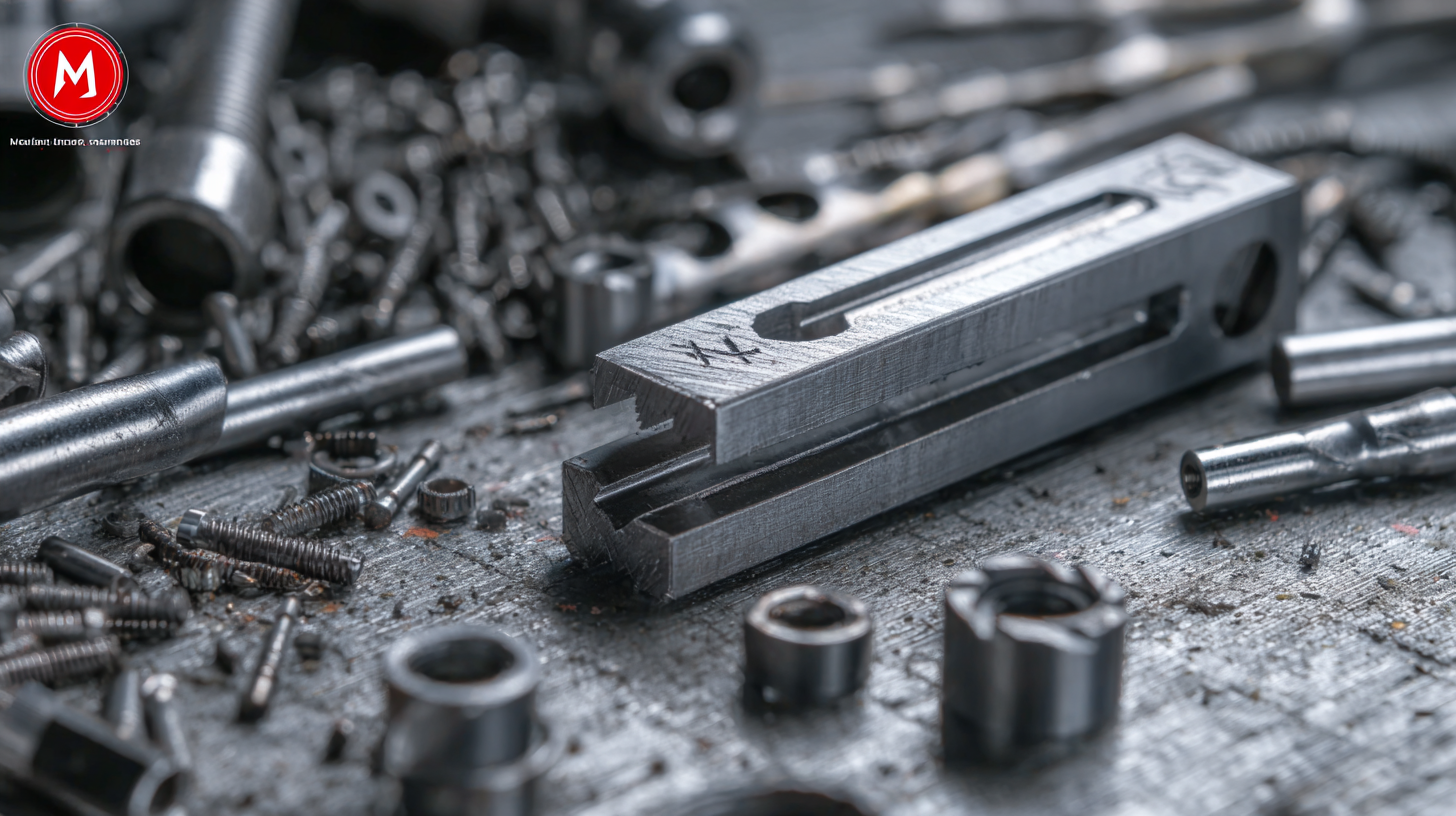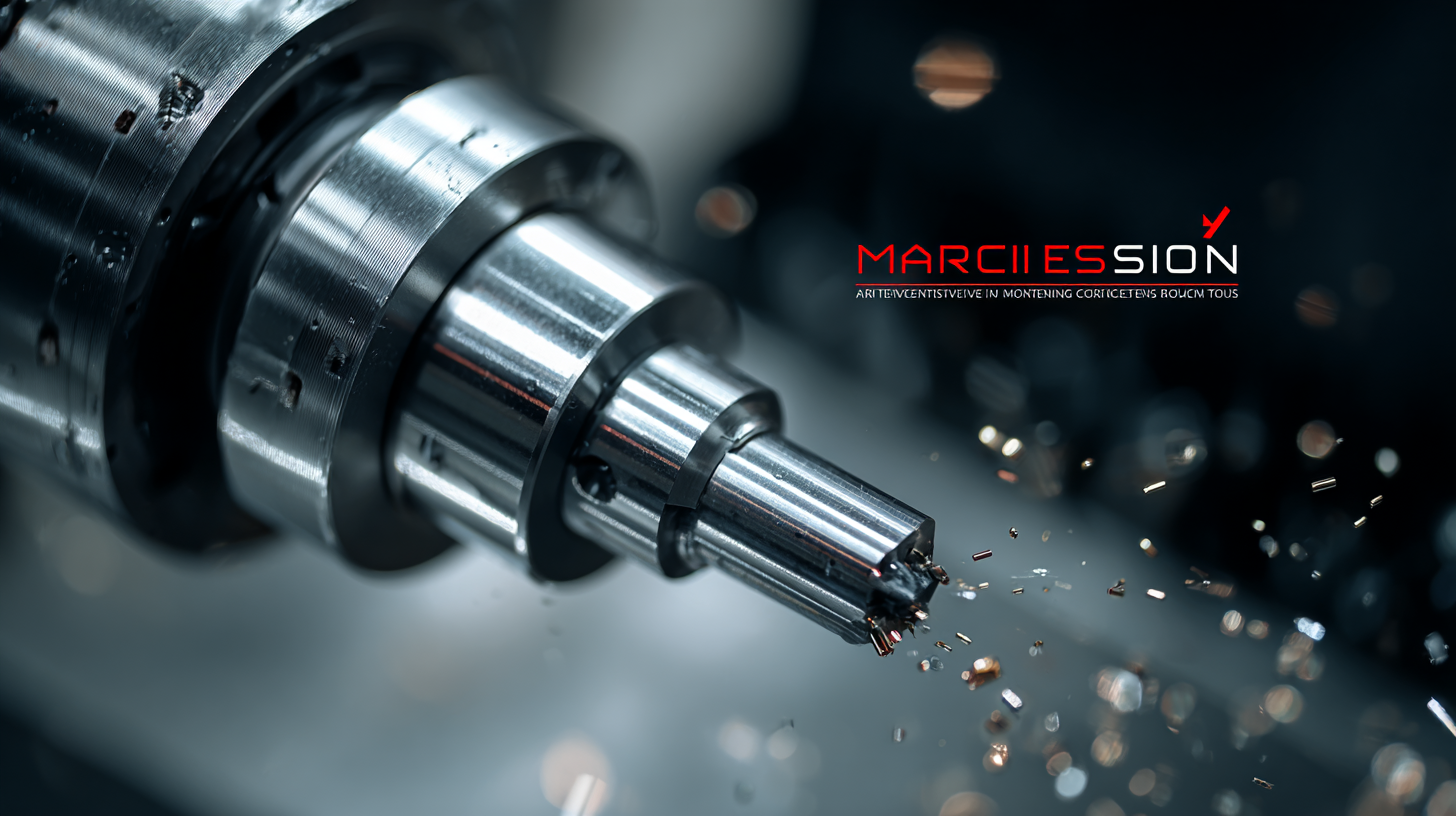In an increasingly competitive market, the significance of maximizing your investment through effective after-sales service and low maintenance costs cannot be overstated, especially in the precision cutting tools sector. According to a recent report by ResearchAndMarkets, the global precision cutting tools market is projected to reach USD 30 billion by 2026, growing at a CAGR of 6.3% from 2021. This growth underscores the critical role that quality tools and service play in enhancing operational efficiency and profitability. By focusing on after-sales support and minimizing maintenance expenses, businesses can significantly extend the lifespan of their precision cutting tools while optimizing performance. This blog will explore actionable strategies for maximizing ROI in the precision cutting tools industry, ensuring that you not only invest wisely but also harness the full potential of your equipment.

Investing in high-quality precision cutting tools is a strategic move for any manufacturing business looking to enhance productivity and efficiency. One critical aspect often overlooked is the significance of after sales service. According to a report by MarketsandMarkets, companies that invest in comprehensive after sales support can see a return on investment increase of up to 30%. This service ensures that your tools remain in optimal working condition, reducing downtime caused by maintenance issues, which can severely impact production schedules.

Moreover, low maintenance costs associated with precision cutting tools can dramatically influence overall operational expenses. A study by Deloitte highlights that maintenance costs can account for 15-30% of a manufacturing company's budget. However, with proper after sales support, businesses can proactively manage maintenance schedules and avoid costly repairs that arise from neglect.
Tips: Always choose a supplier that offers robust after sales service, as it is vital for sustained performance. Keep track of your tools' maintenance needs and reach out to your supplier for any support. Regular training on tool operation and care can further minimize issues and prolong tool lifespan.
When investing in precision cutting tools, understanding import and export certifications is vital for ensuring compliance and functionality in your operations. These certifications serve as a benchmark for the quality and safety standards of tools used in various industries. For manufacturers and distributors, acquiring the correct certifications not only facilitates smoother trade processes but also builds trust with customers who rely on these tools to meet stringent industry demands.
Different countries have varying regulations concerning cutting tool imports and exports, making it essential for businesses to stay informed about these requirements. Certifications like ISO, CE, and others demonstrate that the tools meet international quality standards, which can enhance a company's reputation and expand market reach. By prioritizing these certifications, companies can mitigate risks related to penalties and product recalls while maximizing their investment in cutting tools.
| Tool Type | After Sales Service (Months) | Maintenance Costs ($/Year) | Import Certification | Export Certification |
|---|---|---|---|---|
| CNC Router | 24 | 150 | ISO 9001 | CE |
| Laser Cutter | 18 | 200 | UL | FCC |
| Band Saw | 12 | 100 | ISO 14001 | CSA |
| Water Jet Cutter | 24 | 250 | ASME | EPA |
| Plasma Cutter | 15 | 180 | ISO 45001 | RoHS |
In the realm of precision cutting equipment, reducing maintenance costs while maximizing performance is crucial. The integration of artificial intelligence (AI) is revolutionizing this landscape, enabling manufacturers to implement predictive maintenance strategies that can significantly lower operational downtime. As reported, the precision tool market is poised for substantial growth, with projections reaching USD 379.96 billion by 2034, increasing at a CAGR of 5.35%. This growth is largely driven by advancements in technology, particularly AI, which facilitates automated programming and adaptive machining processes.
By harnessing AI's capabilities, companies can streamline their operations and enhance efficiency. For instance, AI algorithms can analyze machine performance data in real-time, allowing for timely interventions that prevent costly breakdowns. This proactive approach not only extends the lifespan of precision cutting tools but also minimizes maintenance costs, fostering a sustainable operational model. As these technologies continue to evolve, embracing AI will be key for manufacturers aiming to maintain a competitive edge while optimizing their maintenance expenditures.
This chart illustrates the maintenance costs associated with precision cutting tools categorized by low, medium, and high maintenance levels. Understanding these costs can help businesses strategize effectively to reduce overall expenditure and maximize return on investment.
In the evolving landscape of precision cutting tools, ensuring optimal performance and longevity has become paramount. Best practices for maintaining these tools not only enhance their precision but also significantly reduce long-term costs. Regular maintenance routines, such as cleaning and proper storage, are essential. Implementing advanced monitoring systems can also help identify potential wear early, allowing for timely interventions that prevent costly downtime and prolong tool life.

Choosing high-quality cutting tools for your business can significantly enhance your operational efficiency and cost-effectiveness. When selecting precision cutting tools, it’s essential to consider the materials they are made from and their performance capabilities. Look for tools crafted from durable metals or advanced composites, as they offer better longevity and precision.
Tips for Choosing Cutting Tools:
1. Assess Your Specific Needs: Determine the materials you will be cutting and the precision required for your projects. This will guide you in choosing the right tool type and size.
2. Research After Sales Service: A reliable after-sales service can extend the lifespan of your tools. Ensure the manufacturer offers support for maintenance, repairs, and replacements.
3. Evaluate Maintenance Costs: Opt for tools that require minimal maintenance, which can save you time and money in the long run. Read reviews and seek recommendations to find those that perform well over time without constant upkeep.
Investing in the right cutting tools not only improves productivity but also minimizes downtime and operational disruptions. Be thorough in your selection process to maximize your investment effectively.
Contact
KYOCERA SGS Precision Tools, Inc.
(330) 686-5700
150 Marc Drive
Cuyahoga Falls, OH 44223
Products
Resources